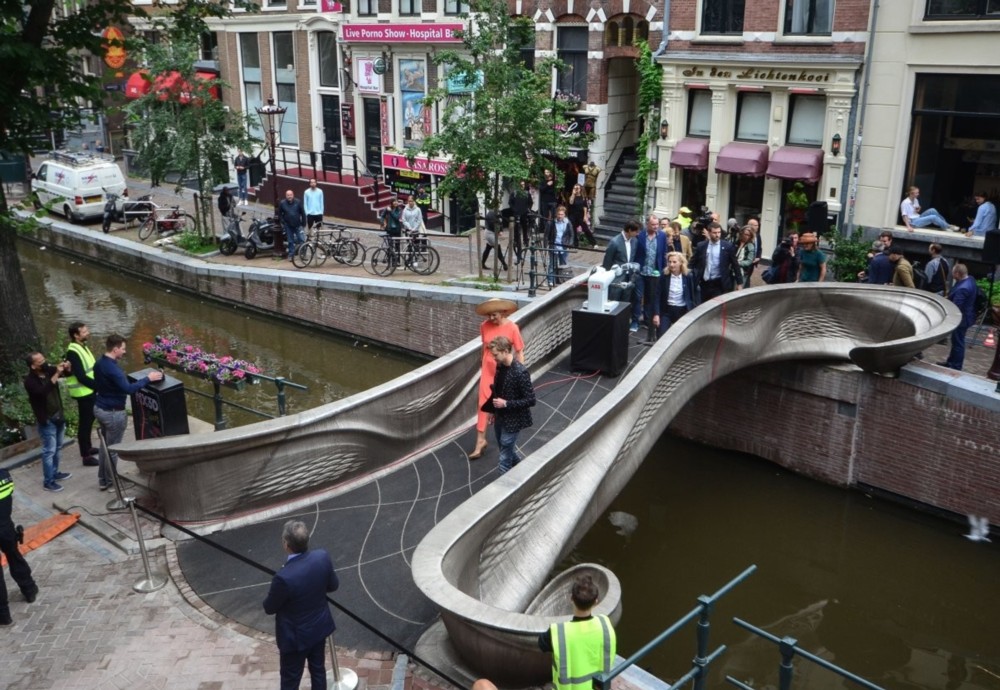I watched the first Hundred Cricket game earlier this evening. It was a good game. But that was because it was a good game, not because it was a hundred balls each way, if you get my meaning. Also, it was a ladies game, and there were lots of lady cricketers I’d never seen in action on TV before. It was fun putting faces to names. Mind you, I had to follow it on Cricinfo to work out what was going on. This was not clear to me from the television, but then I’m an old white guy.
It’s as if they poured all their inventiveness and seriousness into making the Hundred a success. If the same stuff had been lavished on regular cricket, then the results might be just as good.
Much effort has gone into making the Hundred “inclusive”, the commentators talking about this a lot. Basically, this seemed to mean keeping fat white blokes of a certain age, on their own or with only their fat white bloke mates, out. They did this with having girlie singers singing girlie songs, and, one also suspects, giving special rates to families, especially if you family includes cute little girls.
Or, maybe they just had a special stand into which they herded all the fat white blokes, and then only showed the diverse bits of the crowd on the TV. Or then again, maybe all those lady cricketers put the fat blokes right off the whole thing.
I quite liked all this. No honking singing, such as fat white blokes do, and none of those stupid costumes.
However, I stand by my original complaints about the Hundred. Why do the people running English cricket think that the basic problem with cricket is that there are only three different versions of it, and there badly needs to be another, a lot like on the those original three, but different? It still makes no sense. They’re polishing a turd, quite skilfully, but it’s still a turd. Also, for English cricket to strike out on its own like this makes no sense. The Indians, who are now the centre of gravity of cricket, have made a huge success of T20 cricket, even though the format was first devised here. We should just be doing basic cricket as is better, not throwing all the toys out of the pram and starting again with another version of it that the foreigners will surely ignore.
None of the other big old sports behave remotely like this. They just do their regular game as well as they can.






